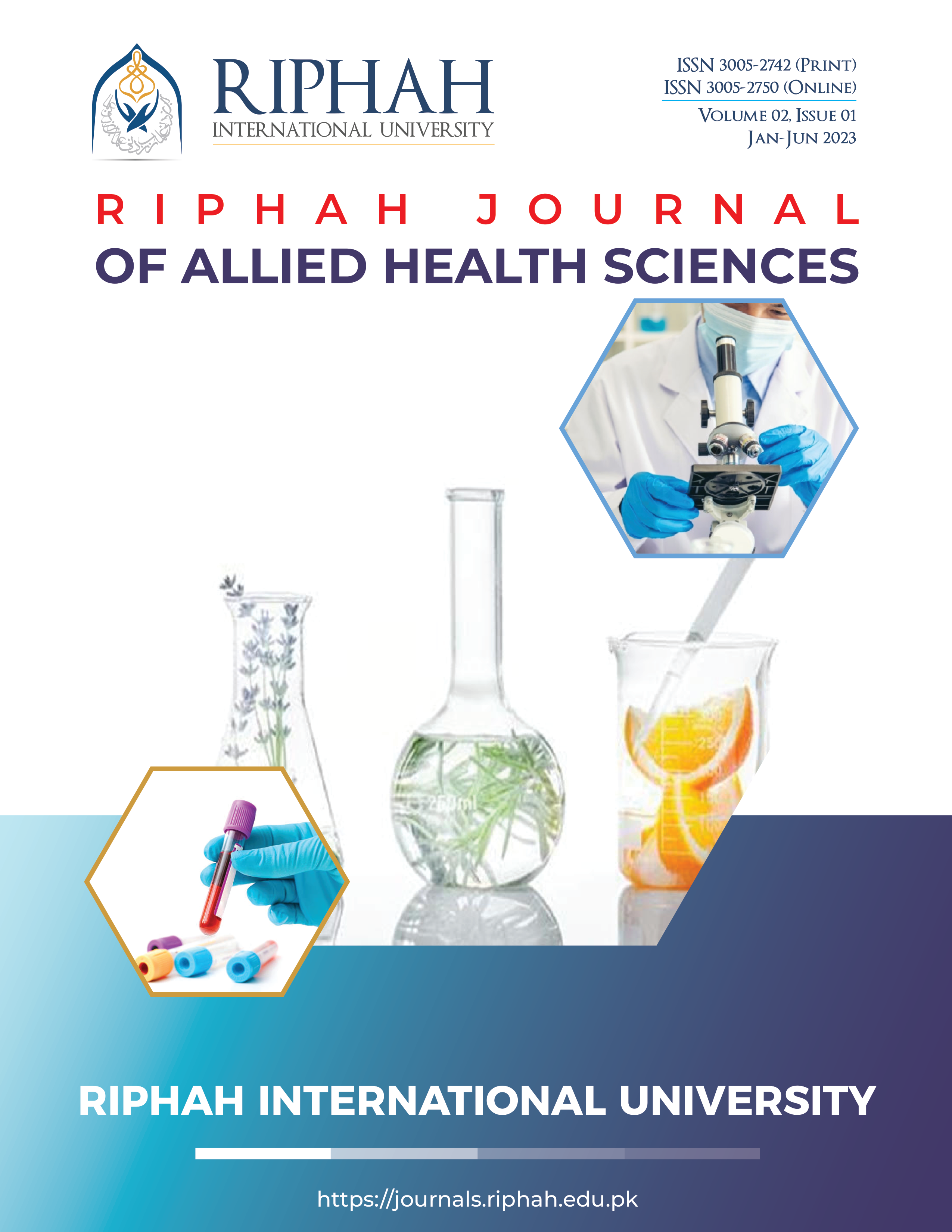The Nutritional Assessment of Elderly Population of Rural Areas by using Mini nutritional assessment tool (MNA)
Keywords:
Malnutrition, Older adults, Mini Nutritional Assessment Tool , BMI categories, Nutritional statusAbstract
Background: Elderly individuals aged 65 and above are at risk of malnutrition and
those already malnourished had loss of essential processes with deficiency of nutrients as
well as psychological, and physiological activity. Elderly malnutrition arises because of
decreasing food consumption with fewer necessary nutrients and calories.
Objectives: The objective of this study includes the identification of older adults (≥65
Years) who are at risk of becoming malnourished and those who are malnourished. To
examine the relationship between BMI categories (underweight, normal weight, overweight,
and obesity) and the nutritional status of the elderly in rural areas, as determined by the
MNA tool.
Methodology: The study was conducted over a month in "Raja Bhola Village" and
"Mustafabad" with a convenient sampling strategy and a sample size of 187 adults aged 65
and over. During data collection, the Mini Nutritional Assessment Tool (MNA) was utilized
to assess nutritional status.
Results: The study had 187 participants, and the results revealed important information on
the demographic composition and nutritional health of the participants. Men outnumbered
women by a margin of 65.2% to 34.8%. According to the survey's BMI categories, 15.5% of
respondents were underweight, 47.6% were normal weight, 26.7% were overweight, and
10.2% were obese. The significant incidence of malnutrition, which impacted 21.4% of
persons while 46% were at risk, was a surprising finding that showed a huge public health
issue.
Conclusion: In conclusion, the MNA questionnaire was put into use to identify malnutrition
and nutritional status among older adults, stressing the prevalence of malnutrition and
those who are susceptible in various age and BMI categories


